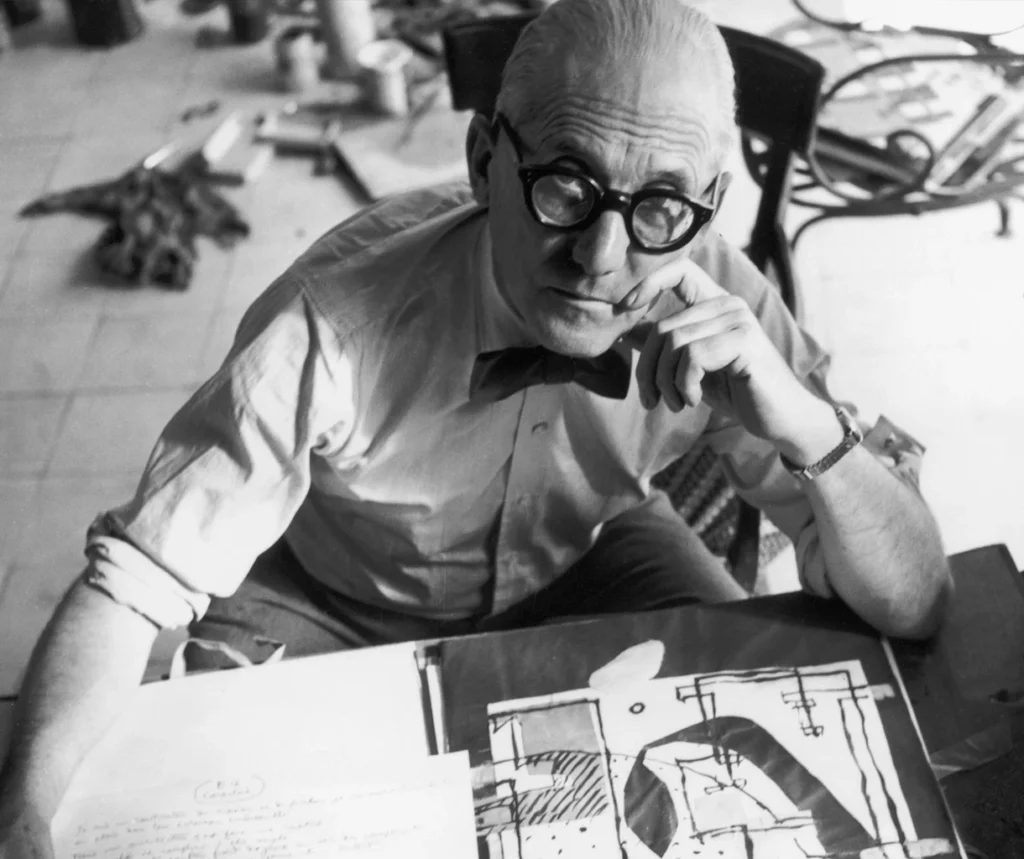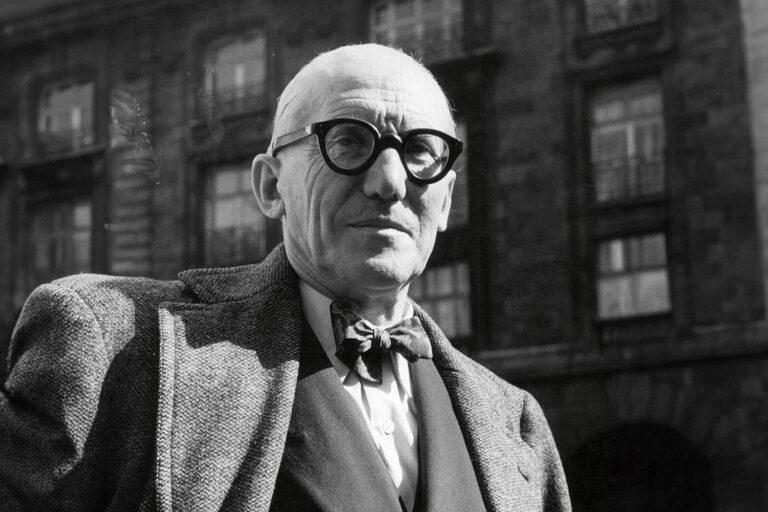
Le Corbusier: A Pioneer of Modern Architecture and Urban Design
Le Corbusier, born Charles-Édouard Jeanneret-Gris (1887–1965), was one of the most influential architects of the 20th century. His revolutionary ideas shaped modern architecture and urban planning, advocating for functionality, simplicity, and efficiency in design. He played a key role in the development of the International Style and introduced concepts that continue to inspire architects and city planners worldwide.
Early Life and Education
Le Corbusier was born in Switzerland and initially trained as an artist and watch engraver before shifting to architecture. He traveled extensively across Europe, studying classical and modern buildings, which influenced his architectural philosophy. Unlike many architects of his time, he had no formal degree in architecture but gained practical experience by working with renowned architects such as Auguste Perret and Peter Behrens.
Architectural Philosophy
Le Corbusier’s approach to architecture was centered around five key principles, which he called the “Five Points of Architecture”:
Pilotis (Columns): Raising buildings on stilts to create open ground space.
Free Plan: Eliminating structural walls to allow flexible interior layouts.
Free Façade: Designing independent exterior walls free from structural constraints.
Horizontal Windows: Using long, ribbon-like windows for maximum natural light.
Roof Garden: Incorporating green spaces on rooftops to compensate for lost ground space.
These principles were applied in many of his designs, including the famous Villa Savoye (1928–1931) in France, which remains a masterpiece of modernist architecture.
Urban Planning and the Modern City
Beyond individual buildings, Le Corbusier had a profound impact on urban design. He envisioned “The Radiant City” (La Ville Radieuse), a concept that emphasized high-rise residential buildings, large green spaces, and efficient traffic systems. His ideas influenced city planning worldwide, particularly in post-war reconstruction efforts.
One of his most ambitious projects was the Chandigarh city plan (1950s) in India, where he designed a modern capital city with a grid layout, wide boulevards, and monumental government buildings. Chandigarh remains one of the few cities fully designed according to his vision.
Notable Works
Villa Savoye (France, 1928–1931) – A classic example of his Five Points of Architecture.
Unité d’Habitation (France, 1947–1952) – A prototype for modern housing complexes with communal facilities.
Notre-Dame-du-Haut (France, 1954–1955) – A sculptural chapel that broke away from his rigid modernist forms.
Chandigarh (India, 1950s) – A planned city that remains a model of modern urban design.
Legacy and Influence
Le Corbusier’s ideas revolutionized architecture and city planning, influencing generations of architects and shaping modern urban landscapes. However, his large-scale urban planning concepts were also criticized for their rigidity and lack of human-scale considerations. Despite this, his legacy remains undeniable, with many of his works recognized as UNESCO World Heritage sites.
Conclusion
Le Corbusier was more than just an architect; he was a visionary who redefined modern living and urban spaces. His principles of functionalism, efficiency, and innovation continue to shape contemporary architecture and urban planning, ensuring that his influence endures in the built environment of today and the future.


No comments yet.